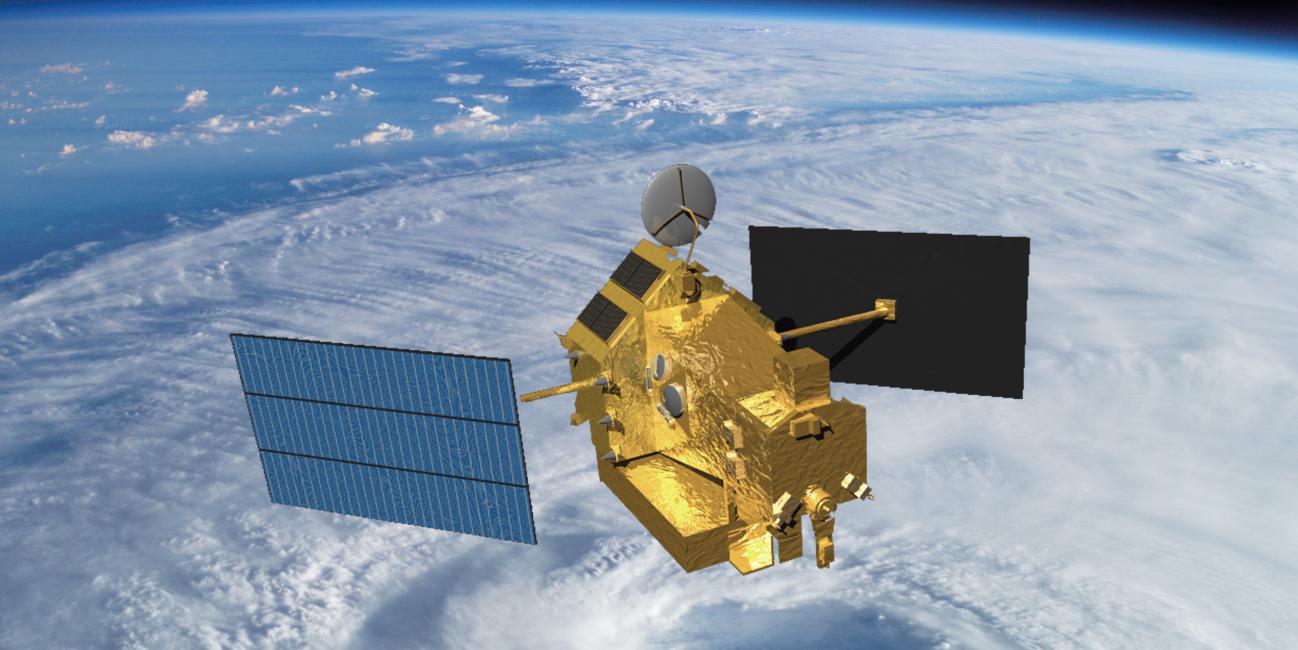
The Tropical Rainfall Measuring Mission (TRMM)
TRMM was a research satellite in operation from 1997 to 2015, designed to improve our understanding of the distribution and variability of precipitation within the tropics as part of the water cycle in the current climate system. By covering the tropical and sub-tropical regions of the Earth, TRMM provided much needed information on rainfall and its associated heat release that helps to power the global atmospheric circulation that shapes both weather and climate. In coordination with other satellites in NASA's Earth Observing System, TRMM provided important precipitation information using several space-borne instruments to increase our understanding of the interactions between water vapor, clouds, and precipitation, that are central to regulating Earth's climate.
Since its launch in 1997, TRMM has provided critical precipitation measurements in the tropical and subtropical regions of our planet. The Precipitation Radar (PR) looked through the precipitation column, and provided new insights into tropical storm structure and intensification. The TRMM Microwave Imager (TMI) measured microwave energy emitted by the Earth and its atmosphere to quantify the water vapor, the cloud water, and the rainfall intensity in the atmosphere. TRMM precipitation measurements have made critical inputs to tropical cyclone forecasting, numerical weather prediction, and precipitation climatologies, among many other topics, as well as a wide array of societal applications.
TRMM officially ended on April 15, 2015 after the spacecraft depleted its fuel reserves. TRMM was turned off and re-entered Earth’s atmosphere on June 15, 2015 over the South Indian Ocean. Originally designed for 3 years, TRMM continued to provide groundbreaking 3-D images of rain and storms for 17 years. TRMM has helped spur additional precipitation measurement satellites that contain microwave radiometers such as the GPM Core Observatory.

